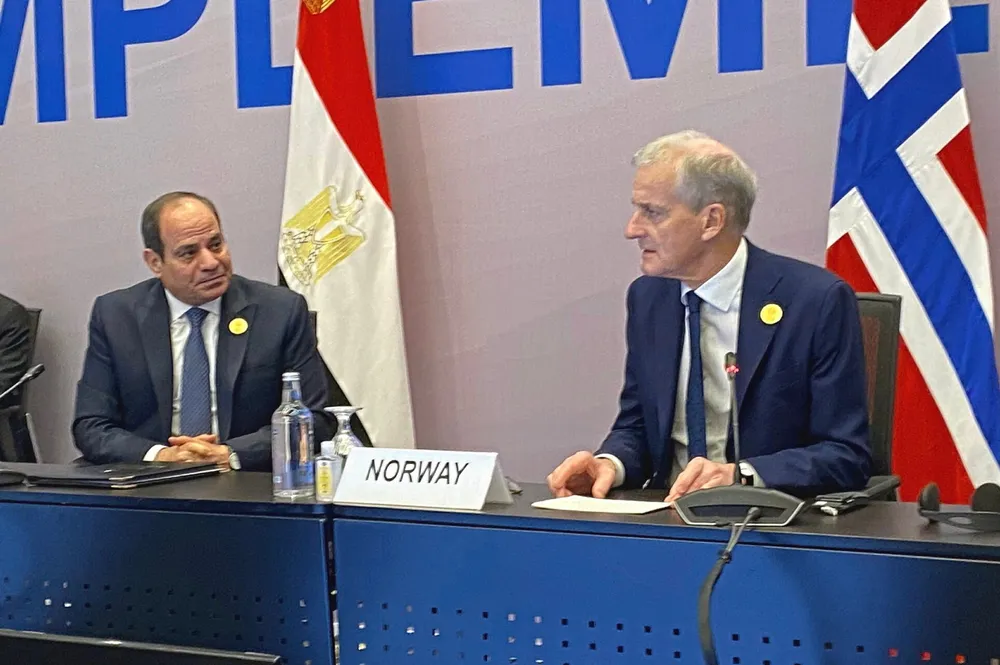EXCLUSIVE | Plug Power dropped as electrolyser supplier at heavily hyped 100MW green hydrogen project in Egypt
The facility — once billed as the world's largest — had been due to go on line before COP27, but 5MW first phase will not be operational until early next year
